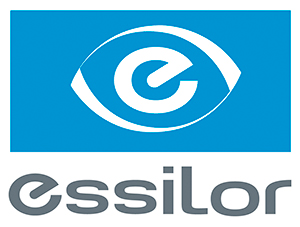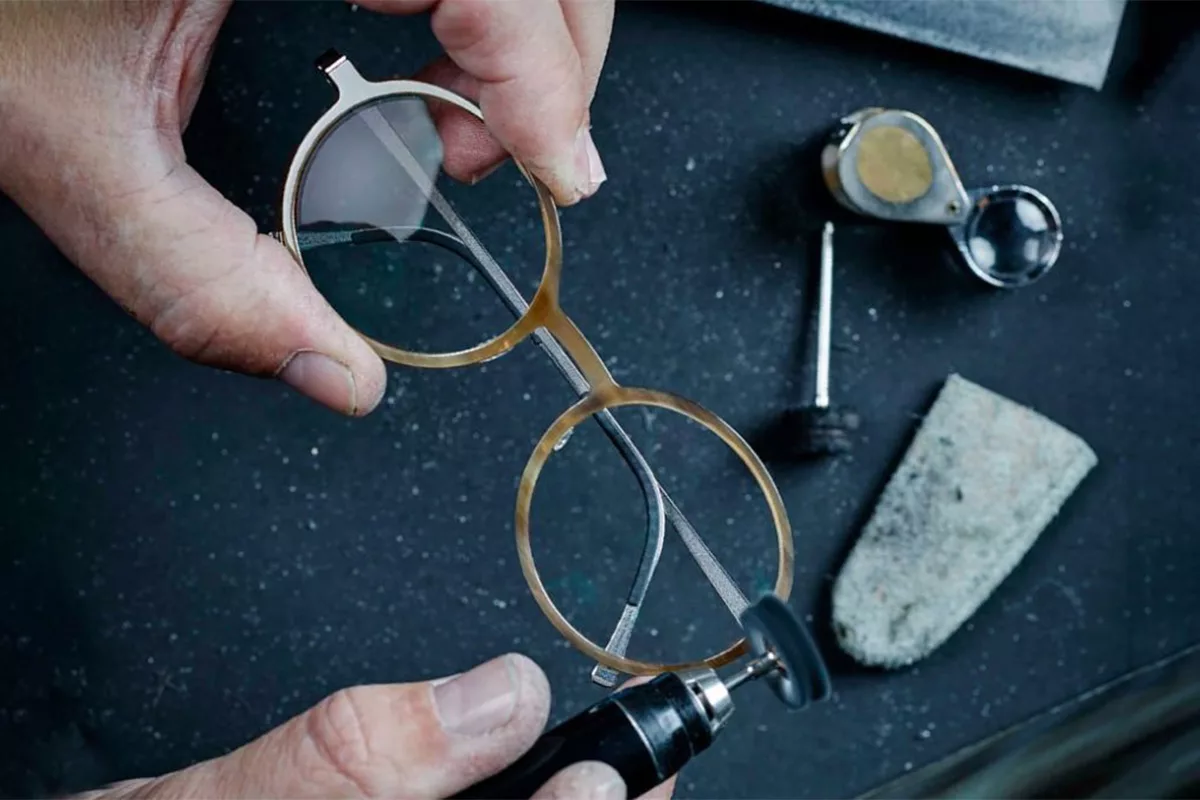Presented at the 2012 meeting of the European Academy of Optometry and Optics, this study used virtual reality simulation to compare the degree of swim perceived in dynamic vision by two lens designs: one a traditional progressive lens, and the other a revolutionary new approach to progressive lens geometry.
Introduction
The increase in power from the top to the bottom of a progressive lens creates increasing amounts of prism which induces increasing degrees of image deviation1. This distortion becomes most noticeable and most disturbing during dynamic vision, where it produces the well-known “swim effect.”2-4 While optical designers have long worked to minimize “swim,” it has been impossible with prior technology to do so without also reducing visual field size.


Challenged to reduce “swim” without decreasing field size, Essilor scientists explored every aspect of the lens design process. The result was a revolutionary new design technology called Nanoptix Technology™, which conceptualizes the lens as composed of tiny optical elements, each of which can be individually corrected to bring Δd close to zero, while respecting the progressive gradient. This study used virtual reality simulation to provide proof-of-concept that this revolutionary lens geometry could produce clinically meaningful results.
Methods


Using the virtual reality simulator, 10 subjects were shown two images of a grid and asked to compare the images in dynamic vision. Presented in random order, one was a grid as it would be seen through a standard progressive design and the other was a grid as it would appear through the new lens geometry. In each comparison, subjects were asked to state a preference. Each subject made at least four comparisons. Scoring was based on the total number of times each image was chosen as preferred (rather than on individual subject preference).
Results


Conclusion
In this study, Essilor vision scientists demonstrated that “swim” could be quantified, and that an innovative lens geometry could provide a clinically meaningful reduction in “swim.” Study subjects clearly preferred the virtual reality image provided by the revolutionary new progressive lens geometry to that provided by ordinary progressive lens optics.
Based on the poster by C. Guilloux, H. de Rossi, G. Marin, B. Bourdoncle, M. Hernandez, L. Calixte, F. Karioty: “The importance of the ophthalmic progressive lens shape on the space perception” presented at the European Academy of Optometry and Optics Meeting, Dublin, Ireland; April 20-22, 2012. References: 1. Simonet P, Bourdoncle B, Miege C. Central and static distortion in ophthalmic lenses. Vision Science and Its Applications:OSA Technical Digest Series. 1;1995:31-4. 2. Droulez J, Cornilleau V. Adaptive changes in perceptual responses and visuomanual coordination during exposure to visual metrical distortion. Vision Res. 1986;26(11):1783-92. 3. Faubert J. Curvature detection at different orientations in the upper and lower visual hemifields. Vision Science and Its Applications: OSA Technical Digest Series. 4;1998. 4. Gresset TJ, Fauquier C, Frenette B, et al. Validation of a questionnaire on distortion perception among progressive addition lenses wearers. Vision Science and Its Applications: OSA Trends in Optics and Photonics 2002;35:368-71. 5. Marin G, Terrenoire E, Hernandez M. Compared distortion effects between real and virtual ophthalmic lenses with a simulator. Presentation at the 15th ACM Symposium on Virtual Reality Software and Technology, Bordeaux, France, October 27-29, 2008.










